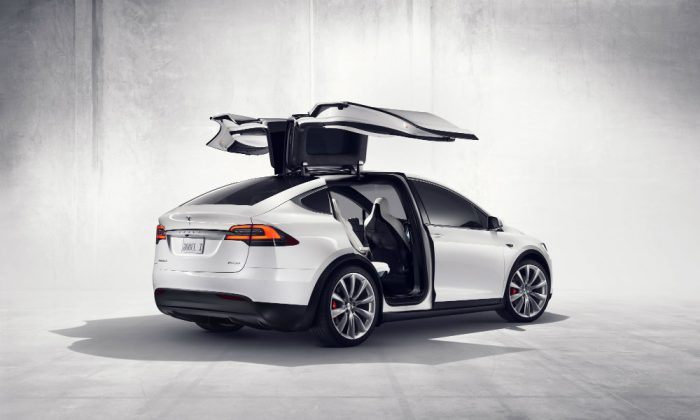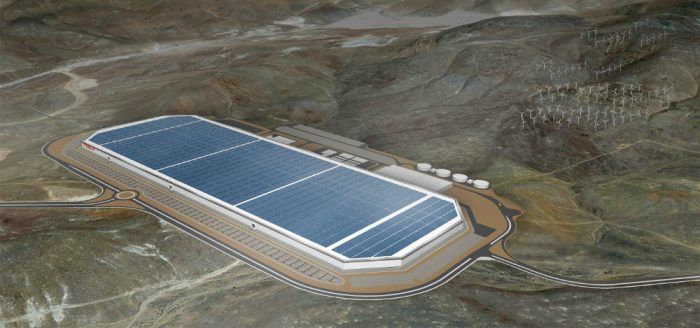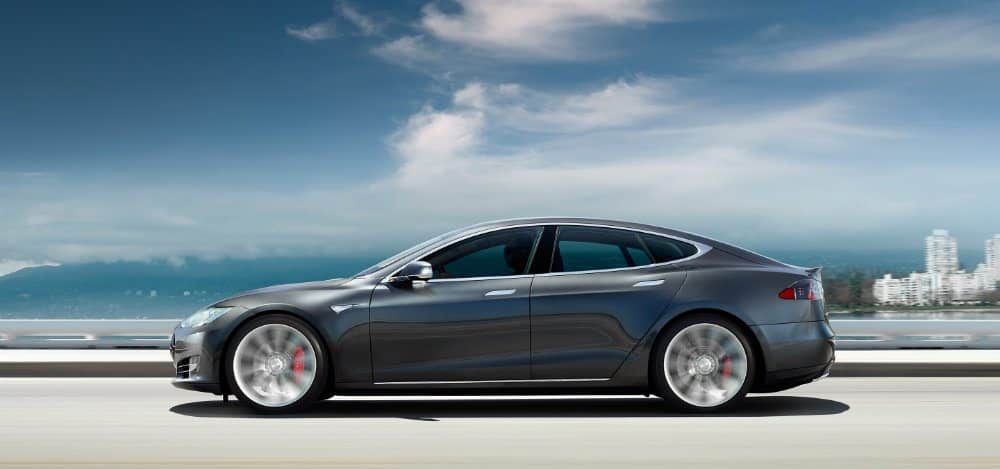Tesla announced this week they will begin producing a new version of the Model S and Model X, the P100D. This latest iteration of the Model X and S increases battery capacity, improving both speed and range.
Tesla’s batteries now range from 60 to 100 kilowatts.
The P100D upgrades are sure to entice new buyers and will be available to current reservation holders for $10,000. Those who already have a Tesla but want the upgraded battery can do so for $20,000, the price of the battery plus replacement.
Invaluable Performance
These P100D variants are sure to thrill those with a need for speed. Tesla says the Model S P100D will go from 0 to 60 in 2.5 seconds in Ludicrous mode! This makes it one of the three fastest production cars in the world, along with the Porsche 918 Spyder and the LaFerrari, both of which are million dollar two seaters. The Model S, however, is a sedan that seats five easily and has lots of trunk and “frunk” space. Base models are expected to sell around $80,000, a fraction of the cost of cars with comparable acceleration.
Further Range
The Model S P100D is estimated to get 315 miles per charge, making it the longest range production electric vehicle today. When combined with the continuously expanding charging network, there is little concern for long distance travel. The Model X P100D is an SUV, but still boasts similar speeds and range. The Model X will do 0 to 60 in 2.9 seconds and to reiterate, it’s an SUV! The size doesn’t mean you have to compromise on range and speed. The Model X P100D will travel almost 300 miles on a charge (289 estimated).
These performance and range jumps are due to improved battery capacity. As impressive as Tesla’s car technology is, their commitment to battery development puts them on the cutting edge.

Growth & Expansion
In addition to Tesla’s Fremont factory where they manufacture cars, they are building a Gigafactory. It will be the second largest factory in the world, only behind Boeing. It actually boasts a larger footprint, however. Although the Gigafactory is still under construction, about fifteen percent of the building is operational and producing batteries. This factory is essential for the mass production of the Model 3, which Tesla expects 500,000 of in 2018.
Curbing Cost
Perhaps a more important aspect of the Gigafactory is how it will be a dedicated research facility. Tesla predicts through their research, economies of scale, and vertical integration, they will be able to continuously reduce the cost of batteries while improving their power. Many cost inefficiencies come from the simple fact that materials are brought directly to the factory and built into the exact configurations needed, instead of shipping already packaged and configured batteries from other parts of the world.
This is important from the standpoint that the technology already exists to produce a battery that could get over 500 miles on a charge, but the cost would be prohibitive. As the scale increases and breakthroughs follow, and with competition from other automakers entering the marketplace, we will soon see such ranges at more reasonable prices. By doing this we can expect an ever improving electric car, with greater speed and range at lower and lower costs.

Forward Thinking
The vision becoming clear is that Tesla is determined to make the best cars in the world, regardless of fuel source. This way, even those who are against electric cars or indifferent will eventually choose them. This business model is much more compelling than trying to guilt people into buying electric cars in order to go green. That approach has a niche, but can never be broadly adopted. And Tesla seems unconcerned with obstacles, such as supply chain issues, or battery economics. If there is a problem, take it on. This courageous approach is what has thrust Tesla into the forefront of all electric cars, and why the electric car is finally becoming a viable choice across all spectra of the automotive market.
*Jerry Mooney is a Language and Communications Professor at the College of Idaho and the author of History Yoghurt & the Moon. Follow him on Twitter: @JerryMooney


